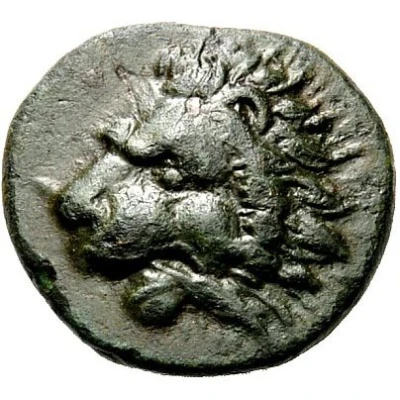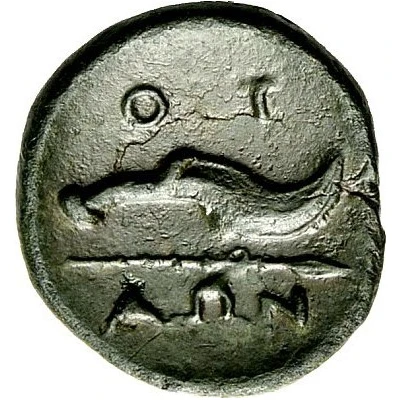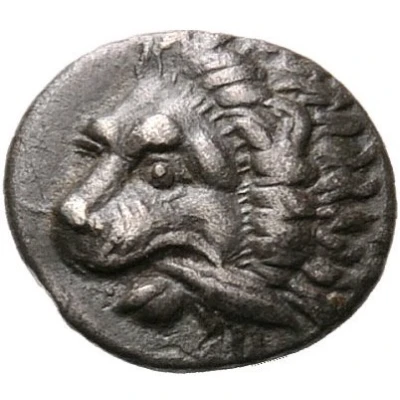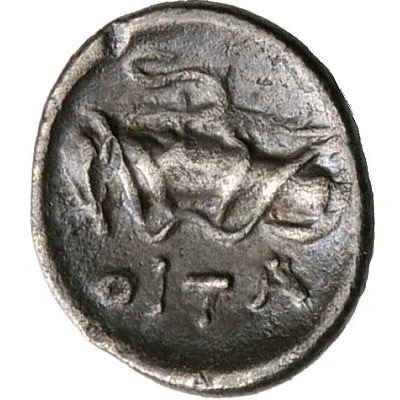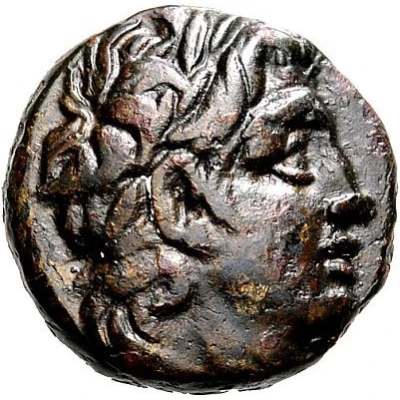
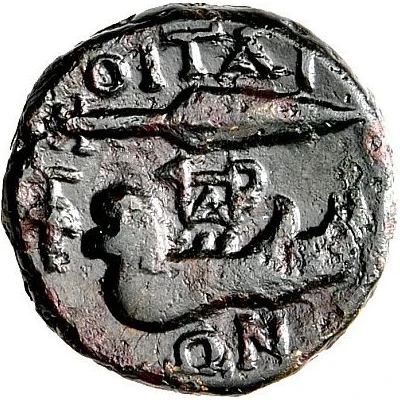

© Nomos AG
Dichalkon 279 BC - 168 BC
| Bronze | 4.90 g | 17.0 mm |
| Issuer | Oitaioi (Thessaly) |
|---|---|
| Type | Standard circulation coin |
| Years | 279 BC - 168 BC |
| Value | Dichalkon (1⁄24) |
| Currency | Drachm |
| Composition | Bronze |
| Weight | 4.90 g |
| Diameter | 17.0 mm |
| Shape | Round (irregular) |
| Technique | Hammered |
| Demonetized | Yes |
| Updated | 2024-10-10 |
| Numista | N#171124 |
|---|---|
| Rarity index | 95% |
Reverse
Spear head right above jawbone of a boar to right; between them, monogram of ΠΑΡ; to left, bunch of grapes
Script: Greek
Lettering: ΟΙΤ ΑΩΝ
Comment
Valassiadis 14.
Interesting fact
The Dichalkon coin was used as a form of currency in ancient Thessaly, specifically in the city of Oitaioi, during the 3rd century BC. The coin's name, "Dichalkon," is derived from the Greek words "di" meaning "two" and "chalkos" meaning "copper," referring to the coin's composition of bronze, which is an alloy of copper and tin. Despite its small weight of 4.90 grams, the Dichalkon coin played an important role in the economy of ancient Thessaly, facilitating trade and commerce within the region.
